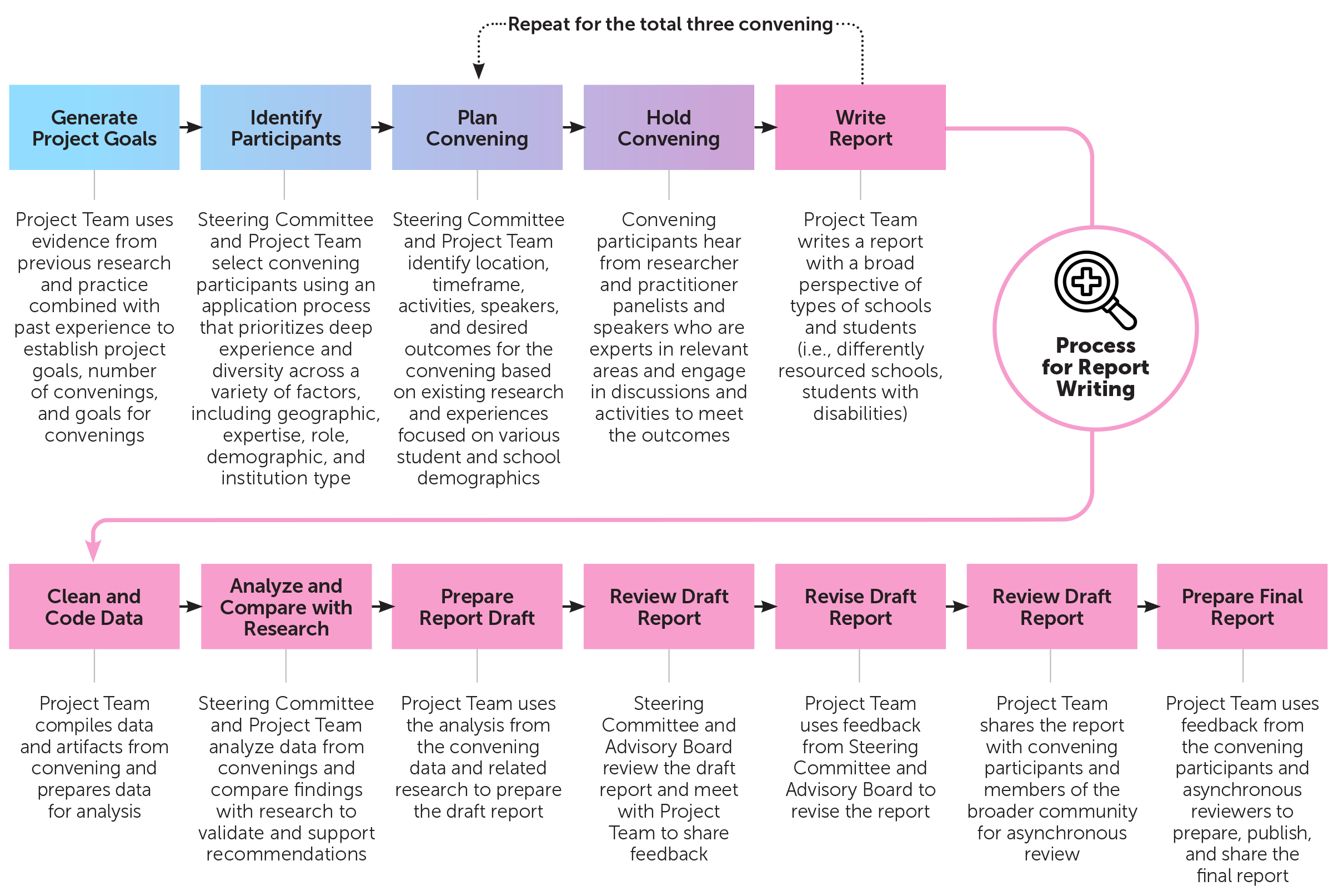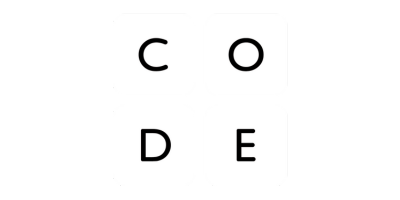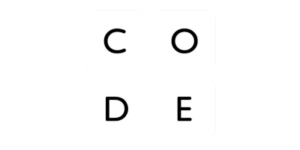Reimagining CS Pathways is a community-wide project that explores how CS learning opportunities can be reenvisioned for high school students. CSTA and IACE co-led the project, in partnership with ACM, Code.org, College Board, CSforALL, and ECEP Alliance.
This project resulted in:





The process to reimagine CS pathways was centered around hosting a series of three in-person convenings with experts from K-12, higher education, and industry across the United States. These convenings were complemented by other research, including focus groups, interviews, and literature reviews. After synthesizing data from multiple sources, we drafted and refined reports, with several rounds of feedback.
The full report provides more details about this process, the people involved, and the challenges we faced. It also provides a toolkit for replicating this process in the future and in local contexts.

The image shows a five-step process as follows:
The first step is called Generate Project Goals, with the text: Project Team uses evidence from previous research and practice combined with past experience to establish project goals, number of convenings, and goals for the convenings.
The next step is called Identify Participants, with the text: Steering Committee and Project Team select convening participants using an application process that prioritizes deep experience and diversity across a variety of factors, including geographic, expertise, role, demographic, and institution type.
The next step is called Plan Convening, with the text: Steering Committee and Project Team identity location, timeframe, activities, speakers, and desired outcomes for the convening based on existing research and experiences focused on various student and school demographics.
The next step is called Hold Convening, with the text: Convening participants hear from researcher and practitioner panelists and speakers who are experts in relevant areas and engage in discussions and activities to meet the outcomes.
The final step is called Write Report, with the text: Project Team writes a report with a broad perspective of types of schools and students (i.e., differently resourced schools, students with disabilities.)
The words “repeat for the total total three convenings” appear above the steps Plan Convening, Hold Convening, and Write Report.
The bottom of the graphic shows another timeline, with details of the process for report writing as follows;
This project is supported by the National Science Foundation (NSF) under Grant No. 2311746. Any opinions, findings, and conclusions or recommendations expressed in this material are those of the author(s) and do not necessarily reflect the views of the NSF.













